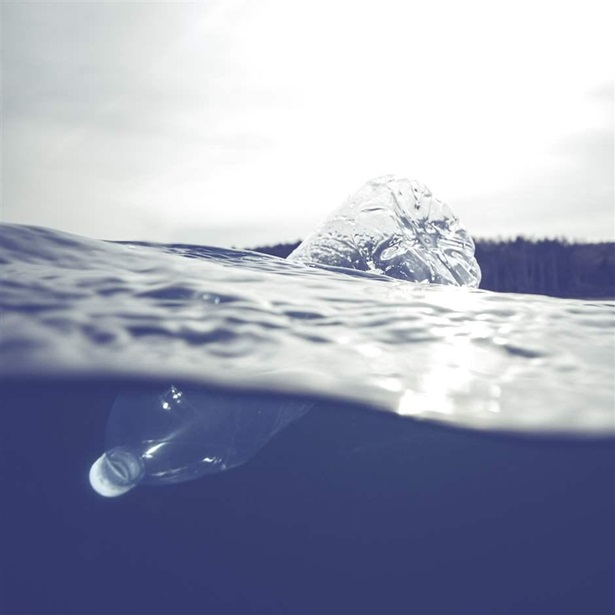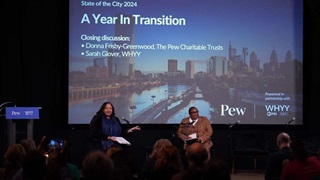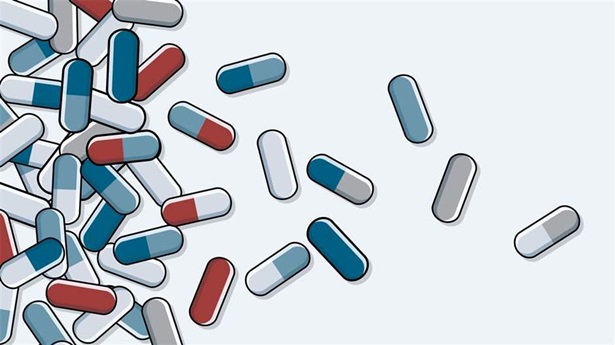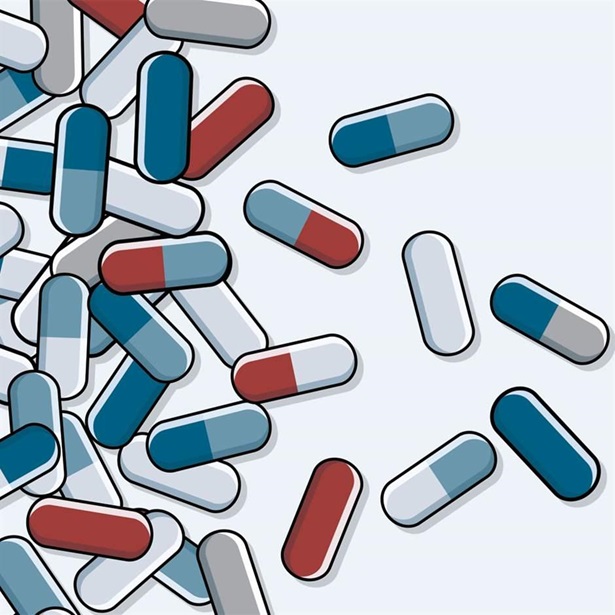Solving Ocean Plastic Pollution Won't Be Easy, but We Have No Choice
New global commitments building momentum; recent report can supply guidance

Complex problems rarely have simple solutions. That’s definitely the case when it comes to the challenge of reducing the flow of plastic into the ocean, a torrent that’s harming marine life and damaging habitats—with major repercussions for the billions of people who rely on a healthy marine environment.
Earlier this week, on Monday Sept. 28, heads of state from 64 countries signed a Leaders’ Pledge for Nature, committing to work together to put ecosystems—land, ocean, and freshwater—on a path toward sustainability and highlighting 10 urgent actions to be taken, which included “eliminating plastic leakage to the ocean by 2050.”
Two days later, the United Nations Summit on Biodiversity brought together heads of state and other government representatives under the theme of “Urgent action on biodiversity for sustainable development.” Leaders reinforced the need to make changes in eight key areas, among them moving toward “sustainable fisheries and oceans”—which necessarily includes reducing sources of plastic waste in order to achieve the aimed-for levels of marine protection and restoration.
The two events mean that a group of leaders has committed to transformative change of our land and sea—and to collective action at key international events over the coming months and years. To work on cutting annual flows of plastic to the ocean and meet the 2050 target, the leaders can look to a recent modelling analysis and report by The Pew Charitable Trusts and SYSTEMIQ, “Breaking the Plastic Wave,” the technical underpinnings of which were published in a peer-reviewed paper in the journal Science.
The report warns that unless governments, industry, and others act, the amount of plastic entering the ocean by 2040 will nearly triple from 11 million to 29 million tonnes per year. However, decisive and immediate action could significantly reduce the flow of plastic into the ocean and help restore the ocean’s health and balance. In fact, “Breaking the Plastic Wave” found that the volume of plastic pollution entering the ocean each year from land could be cut by more than 80% within a generation using existing technologies and approaches.
To do so will require both upstream (production and design) and downstream (use and recycling) changes in the life cycle of plastic. And these efforts must be deployed together, with government and industry each doing their part.
Some efforts are underway: Over the past few years, some governments and industry leaders have stepped up with policies and voluntary initiatives, from banning plastic bags to dialing back the use of plastic straws. But by themselves, these commitments would likely reduce the annual flow of plastic pollution by only 7% by 2040.
Getting to 80% reduction, the Pew-SYSTEMIQ analysis found, starts with eliminating avoidable plastic use and implementing refill systems and new delivery models—moves that would yield a nearly 33% drop in waste generation. At the same time—and where sustainable—manufacturers must shift to alternative materials, such as paper and compostable substances, which would eliminate one-sixth of projected plastic waste generation.
The analysis also found that manufacturers and governments should move to ensure that products and packaging are designed for recycling, a move that could more than double the share of economically recyclable plastic. That change would benefit recyclers and improve the livelihoods of more than 11 million waste pickers worldwide, who in 2016—the year which we used as our baseline—were responsible for about 60% of global plastic recycling. In addition, governments must double mechanical recycling capacity—with those in middle- and low-income countries expanding their waste collection rates—and restrict plastic waste exports, except where the exported waste can be recycled effectively and with safe working conditions.
Lastly, action—including new regulations and systemwide innovation—is needed to address the flow into the ocean of the chief sources of microplastic pollution, such as tires, pellets, textiles, and personal care products.
This is all a lot to ask. But it pales in comparison to the many benefits we derive from a healthy ocean: sustainable sources of food, jobs for millions of people, clean air, carbon absorption for the planet, and productive ecosystems from the coasts to the high seas. This week’s announcements signaled the intent; now the action must begin.
Simon Reddy directs The Pew Charitable Trusts’ international environment initiatives.
Spotlight on Mental Health


Breaking the Plastic Wave
MORE FROM PEW
Explore Pew’s new and improved
Fiscal 50 interactive
Your state's stats are more accessible than ever with our new and improved Fiscal 50 interactive:
- Maps, trends, and customizable charts
- 50-state rankings
- Analysis of what it all means
- Shareable graphics and downloadable data
- Proven fiscal policy strategies
Welcome to the new Fiscal 50
Key changes include:
- State pages that help you keep track of trends in your home state and provide national and regional context.
- Interactive indicator pages with highly customizable and shareable data visualizations.
- A Budget Threads feature that offers Pew’s read on the latest state fiscal news.











